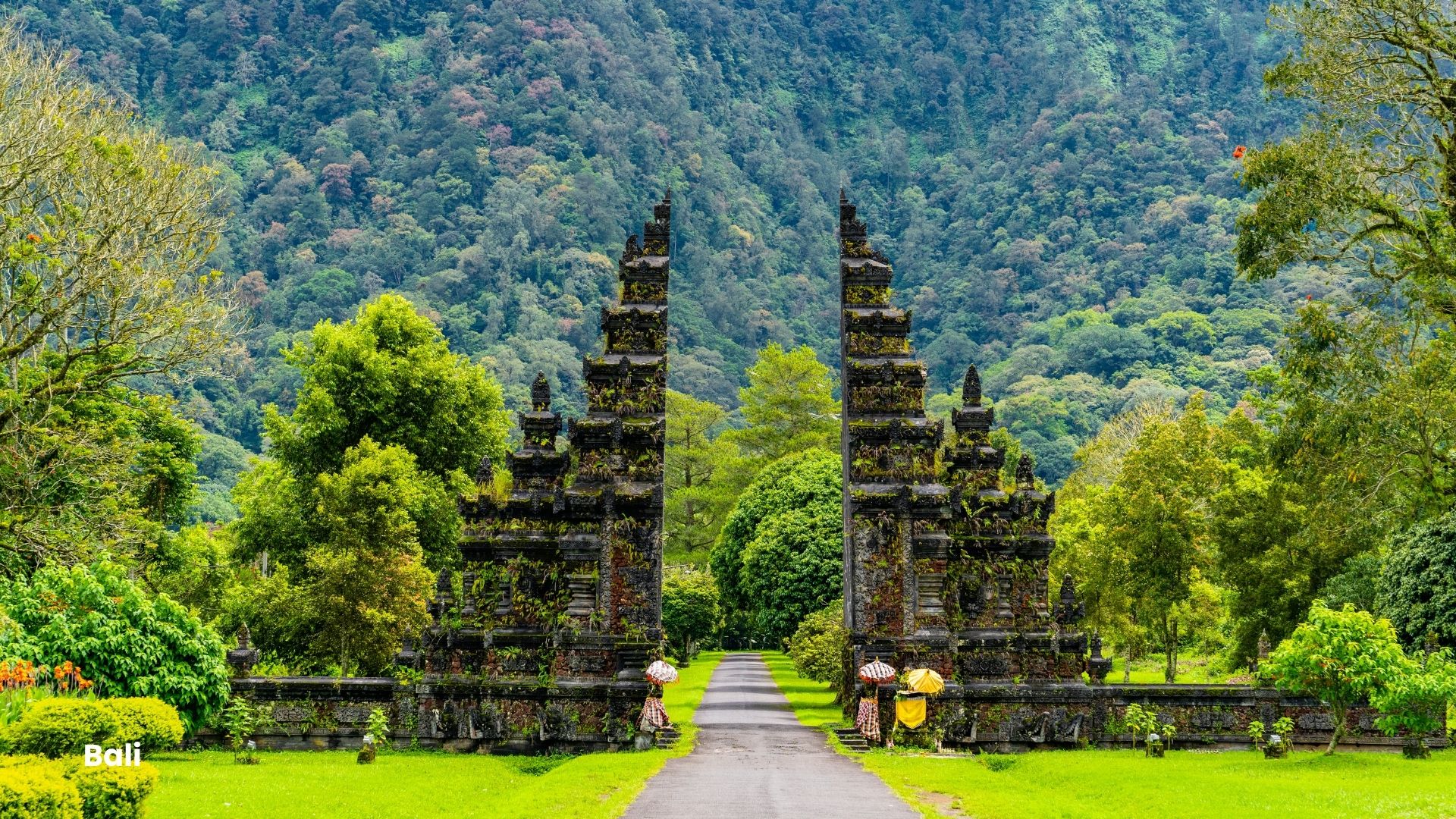
Bali Tourism Review 2025: New Direction and Competitiveness Strategy Towards 2026
The Indonesian tourism sector is now in a critical transition phase, where various opportunities and challenges go hand in hand. Bali, as the main icon of national tourism, has successfully shown positive performance throughout 2025 and is preparing a competitive strategy towards 2026 through the Bali Tourism Review 2025 & Destination Outlook 2026 forum. In the global context, changes in tourist behavior and the need for supporting infrastructure, especially air transport, are no less important in maintaining the industry's competitiveness.
Based on the study results, Bali needs to strengthen four main aspects that form the pillars of destination development: accessibility, tourist attractions, supporting facilities, and variety of tourist activities. The balance between these four elements is crucial for Bali's success in maintaining its position in the global market. Furthermore, issues such as cleanliness, congestion, and infrastructure limitations are also primary focuses in creating a more sustainable and inclusive tourism.
Nationally, Indonesia's tourism sector continues to show signs of recovery. Its contribution to GDP rose from 5.1% in 2024 to 5.5% in 2025. Infrastructure development, such as airports, ports, and new destinations, is a strategic step in strengthening the foundation of the tourism economy. However, improving connectivity and ease of access remain key to maintaining this growth momentum.
The trend among tourists is now shifting towards more personalized, authentic, and locally-based experiences. This change requires tourism industry players to be more adaptive by creating tourism products that meet market needs, strengthening collaboration with local communities, and highlighting sustainability values in every service offered.
In terms of supporting infrastructure, the aviation sector plays a crucial role in strengthening Indonesian tourism. As an archipelago with thousands of destinations, Indonesia is highly dependent on air and sea connectivity to support tourist flows. Therefore, increasing investment and transportation efficiency are important steps to drive growth in this sector.
Overall, strengthening leading destinations such as Bali, aligning strategies with global trends, and improving transportation connectivity are strategic directions for Indonesian tourism towards 2026. Solid collaboration between the government, industry, academia, and local communities will be the main foundation for realizing resilient, competitive, and sustainable tourism in the future.